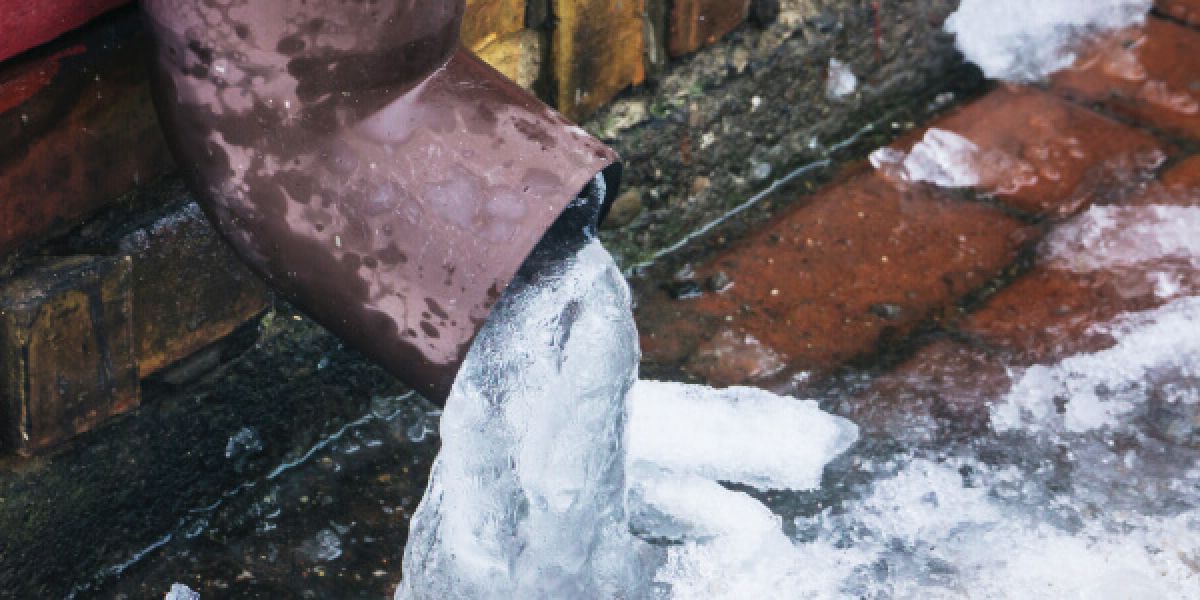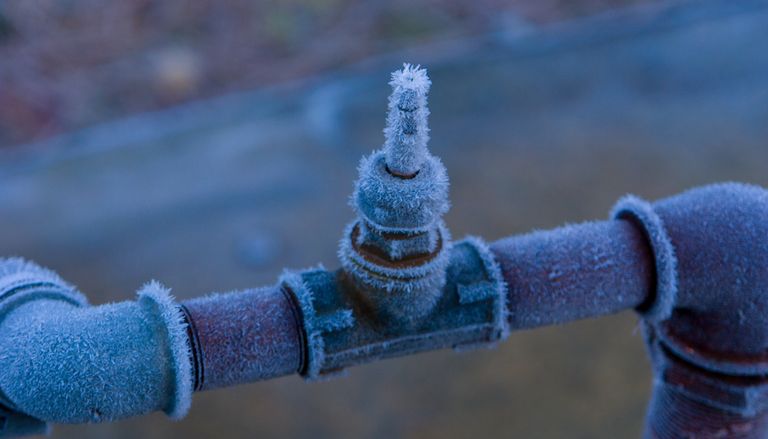Protecting Against Frozen Plumbing: Best Tips for Winter
Protecting Against Frozen Plumbing: Best Tips for Winter
Blog Article
The content in the next paragraphs about Preventing and dealing with frozen pipes is absolutely captivating. Give it a go and make your own conclusions.

Winter can damage your plumbing, particularly by freezing pipes. Below's exactly how to stop it from occurring and what to do if it does.
Intro
As temperatures drop, the danger of frozen pipes boosts, potentially leading to pricey fixings and water damages. Comprehending how to stop frozen pipes is critical for house owners in cold environments.
Comprehending Frozen Pipes
What causes pipes to ice up?
Pipes ice up when exposed to temperature levels listed below 32 ° F (0 ° C) for expanded periods. As water inside the pipelines ices up, it expands, taxing the pipeline walls and potentially creating them to rupture.
Risks and damages
Frozen pipes can lead to supply of water interruptions, building damage, and expensive repairs. Ruptured pipelines can flood homes and trigger considerable architectural damages.
Indicators of Frozen Pipes
Identifying icy pipelines early can stop them from breaking.
Just how to recognize frozen pipes
Search for decreased water circulation from taps, unusual odors or sounds from pipelines, and visible frost on revealed pipelines.
Prevention Tips
Insulating at risk pipes
Wrap pipelines in insulation sleeves or utilize heat tape to shield them from freezing temperatures. Concentrate on pipes in unheated or external areas of the home.
Home heating techniques
Maintain interior areas properly warmed, particularly locations with pipes. Open cupboard doors to permit warm air to distribute around pipelines under sinks.
Protecting Outdoor Pipes
Yard hoses and outside faucets
Detach and drain pipes yard hoses before winter. Install frost-proof faucets or cover outside faucets with shielded caps.
What to Do If Your Pipes Freeze
Immediate activities to take
If you presume icy pipes, keep taps open to ease pressure as the ice thaws. Use a hairdryer or towels soaked in hot water to thaw pipes slowly.
Long-Term Solutions
Architectural modifications
Take into consideration rerouting pipelines far from exterior wall surfaces or unheated areas. Add additional insulation to attic rooms, cellars, and crawl spaces.
Upgrading insulation
Invest in top notch insulation for pipelines, attics, and wall surfaces. Appropriate insulation assists preserve regular temperature levels and reduces the risk of icy pipes.
Final thought
Preventing icy pipelines requires positive actions and quick actions. By recognizing the causes, indications, and safety nets, home owners can safeguard their plumbing throughout winter.
6 Proven Ways to Prevent Frozen Pipes and Protect Your Home
Disconnect and Drain Garden Hoses
Before winter arrives, start by disconnecting your garden hoses and draining any remaining water. Close the shut-off valves that supply outdoor hose bibs and leave the outdoor faucet open to allow any residual water to drain. For extra protection, consider using faucet covers throughout the colder months. It’s also important to drain water from any sprinkler supply lines following the manufacturer’s directions.
Insulate Exposed Pipes
Insulating your pipes is an effective way to prevent freezing. Pipe insulation is readily available at home improvement stores and is relatively inexpensive. Pay close attention to pipes in unheated areas such as the attic, basement, crawl spaces, or garage. Apply foam insulation generously to create a buffer against the cold. You can also wrap your pipes in heat tape or thermostat-controlled heat cables for added warmth.
Seal Air Leaks
Inspect your home for any cracks or openings that could let in cold air. Seal any holes around the piping in interior or exterior walls, as well as the sill plates where your home rests on its foundation. Additionally, make sure to keep your garage door closed unless you’re entering or exiting. Leaving it open creates a significant air leak that can lead to frozen pipes.
Allow Warm Air Circulation
During cold snaps, it’s essential to allow warm air to circulate evenly throughout your home. Leave interior doors ajar to promote better airflow. Open kitchen and bathroom cabinets to help distribute heat consistently around the rooms. If you have small children or pets, be sure to remove any household chemicals or potentially harmful cleaners from open cabinets for safety.
Let Faucets Drip
A small trickle of water can make a big difference in preventing ice formation inside your pipes. When temperatures drop significantly, start a drip of water from all faucets served by exposed pipes. This continuous flow helps prevent the water from freezing. Additionally, running a few faucets slightly can relieve pressure inside the pipes, reducing the chances of a rupture if the water inside does freeze.
https://choateshvac.com/6-proven-ways-to-prevent-frozen-pipes-and-protect-your-home/

Hopefully you liked our piece on Prevent Frozen Pipes . Thank you so much for finding the time to read through our content. Are you aware of another person who is interested by the topic? Feel free to share it. Thanks a lot for going through it.
Click Here Report this page